| [1] 徐永清,何晓清. 皮瓣外科的新进展[J].中国修复重建外科杂志, 2018,32(7):781-785.[2] 孙家明.皮瓣外科的最新技术进步[J].中华整形外科杂志, 2018, 34(7):487-498.[3] 彭城,黎蕊,黄东旭,等.游离皮瓣坏死的危险因素:多变量Logistic回归分析[J].中华显微外科杂志,2017,40(4):337-341. [4] Das Neves LM, Leite GP, Marcolino AM, et al. Laser photobiomodulation (830 and 660 nm) in mast cells, VEGF, FGF, and CD34 of the musculocutaneous flap in rats submitted to nicotine. Lasers Med Sci. 2017;32(2):335-341.[5] Bhattacharya R, Fan F, Wang R, et al. Intracrine VEGF signalling mediates colorectal cancer cell migration and invasion. Br J Cancer. 2017;117(6):848-855.[6] Hutajulu SH, Paramita DK, Santoso J, et al. Correlation between vascular endothelial growth factor-A expression and tumor location and invasion in patients with colorectal cancer. J Gastrointest Oncol. 2018;9(6):1099-1108. [7] 王钰莹,粟旭,刘波,等.人羊膜间充质干细胞原位移植治疗大鼠脑梗死[J]. 中国组织工程研究, 2017,21(9):1414-1419.[8] Dash R, Kim PJ, Matsuura Y, et al. Manganese-Enhanced cardiac MRI (MEMRI) tracks long-term in vivo survival and restorative benefit of transplanted human Amnion-Derived Mesenchymal Stem Cells (hAMSC) after porcine ischemia-reperfusion injury. J Cardiovasc Magn Reson. 2013; 15(Suppl 1): O106.[9] Tancharoen W, Aungsuchawan S, Pothacharoen P, et al. Differentiation of mesenchymal stem cells from human amniotic fluid to vascular endothelial cells. Acta Histochem. 2017;119(2):113-121.[10] 金文虎,常树森,吴中桓,等.人羊膜间充质干细胞移植对大鼠随意皮瓣成活的影响[J].中华创伤杂志,2017,33(9):843-848.[11] Wu Q, Fang T, Lang H, et al. Comparison of the proliferation, migration and angiogenic properties of human amniotic epithelial and mesenchymal stem cells and their effects on endothelial cells. Int J Mol Med. 2017;39(4):918-926. [12] 朱江英,殷国前,庞进军,等.高压氧预处理超长皮瓣组织血管内皮生长因子、转化生长因子β的表达[J].中国组织工程研究, 2016, 20(11):1525-1531.[13] 金文虎,魏在荣,邓呈亮,等.游离旋股外侧动脉降支穿支组织瓣的临床应用及对供区影响观察[J].中国修复重建外科杂志, 2015, 29(10):1284-1287.[14] Park SO, Chang H, Imanishi N. Anatomic basis for flap thinning. Arch Plast Surg. 2018;45(4):298-303.[15] Berania I, Lavigne F, Rahal A, et al. Superiorly based facial artery musculomucosal flap: A versatile pedicled flap. Head Neck. 2018;40(2):402-405.[16] Takeuchi H, Tomita H, Taki Y, et al. The VEGF gene polymorphism impacts brain volume and arterial blood volume. Hum Brain Mapp. 2017;38(7):3516-3526.[17] Yao Y, Zheng XR, Zhang SS, et al.Transplantation of vascular endothelial growth factor-modified neural stem/progenitor cells promotes the recovery of neurological function following hypoxic-ischemic brain damage.Neural Regen Res. 2016; 11(9):1456-1463.[18] Ashina K, Tsubosaka Y, Kobayashi K, et al. VEGF-induced blood flow increase causes vascular hyper-permeability in vivo. Biochem Biophys Res Commun. 2015;464(2):590-595.[19] Kozhevnikova OS, Fursova AZ, Markovets AM, et al. VEGF and PEDF levels in the rat retina: effects of aging and AMD-like retinopathy. Adv Gerontol. 2018;31(3):339-344.[20] Shahouzehi B, Sepehri G, Sadeghiyan S, et al. Effect of Pistacia Atlantica Resin Oil on Anti-Oxidant, Hydroxyprolin and VEGF Changes in Experimentally-Induced Skin Burn in Rat. World J Plast Surg. 2018;7(3):357-363.[21] 曹宇,王莉莉.血管内皮细胞生长因子与碱性成纤维细胞生长因子联合应用对鼠牙周膜成纤维细胞增殖与碱性磷酸酶活性的影响[J].中国组织工程研究,2017,23(4):580-585.[22] Beecher K, Hafner LM, Ekberg J, et al.Combined VEGF/PDGF improves olfactory regeneration after unilateral bulbectomy in mice.Neural Regen Res. 2018;13(10): 1820-1826.[23] Akimoto M, Takeda A. Reply: Effects of CB-VEGF-A injection in rat flap models for improved survival. Plast Reconstr Surg. 2014;133(3):424e-425e.[24] Hori Y, Ito K, Hamamichi S, et al. Functional Characterization of VEGF- and FGF-induced Tumor Blood Vessel Models in Human Cancer Xenografts. Anticancer Res. 2017;37(12): 6629-6638.[25] Cho HM, Kim PH, Chang HK, et al. Targeted Genome Engineering to Control VEGF Expression in Human Umbilical Cord Blood-Derived Mesenchymal Stem Cells: Potential Implications for the Treatment of Myocardial Infarction. Stem Cells Transl Med. 2017;6(3):1040-1051.[26] Sun W, Yu WY, Yu DJ, et al. The effects of recombinant human growth hormone (rHGH) on survival of slender narrow pedicle flap and expressions of vascular endothelial growth factor (VEGF) and classification determinant 34 (CD34). Eur Rev Med Pharmacol Sci. 2018;22(3):771-777.[27] Basu G, Downey H, Guo S, et al. Prevention of distal flap necrosis in a rat random skin flap model by gene electro transfer delivering VEGF(165) plasmid. J Gene Med. 2014; 16(3-4):55-65.[28] Zajkowska M, Lubowicka E, Malinowski P, et al. Plasma levels of VEGF-A, VEGF B, and VEGFR-1 and applicability of these parameters as tumor markers in diagnosis of breast cancer. Acta Biochim Pol. 2018;65(4):621-628.[29] Reina-Torres E, Wen JC, Liu KC, et al. VEGF as a Paracrine Regulator of Conventional Outflow Facility. Invest Ophthalmol Vis Sci. 2017;58(3):1899-1908.[30] 李华强,辛红伟,栗磊,等.血管内皮生长因子微针给药对超长皮瓣抗水肿及缺血的影响[J].中华实验外科杂志, 2017,34(6): 953-955.[31] 王付勇,李华强.丹参酮用于SD大鼠扩张预构皮瓣瘢痕整复的研究[J].中华实验外科杂志,2018,35(1):58-60.[32] 龚飞宇,魏在荣,金文虎,等.人羊膜间充质干细胞来源的雪旺细胞样细胞移植在皮瓣神经再生中的作用[J].中国修复重建外科杂志,2018,32(1):80-90. |
.jpg)
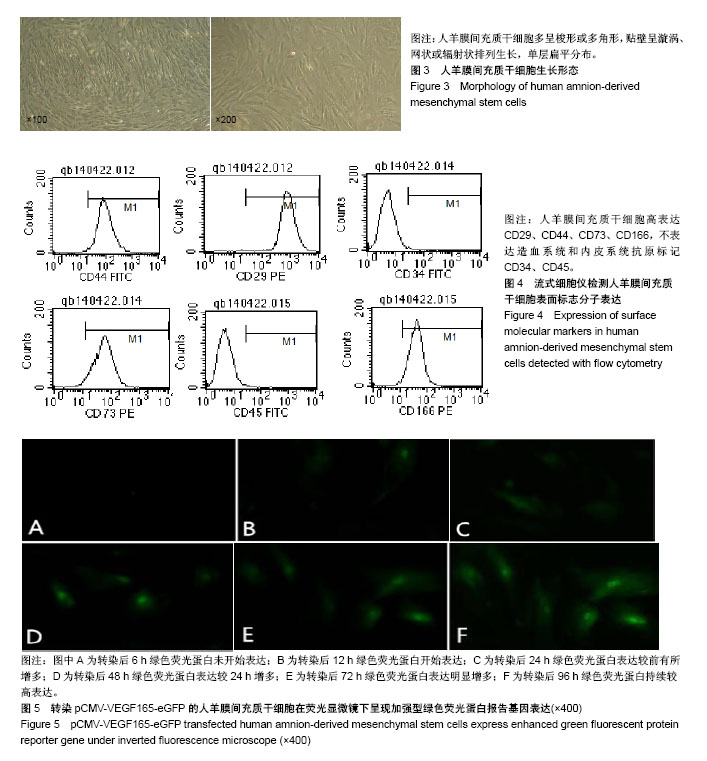
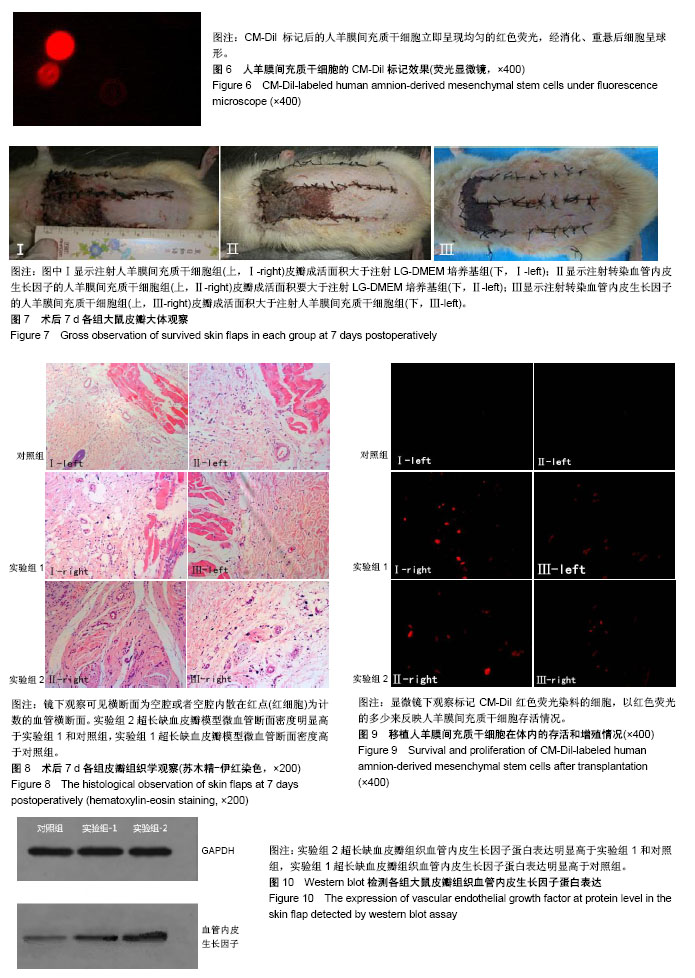
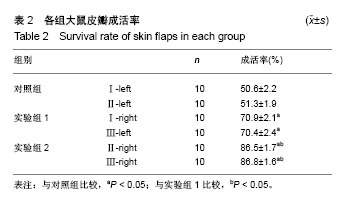
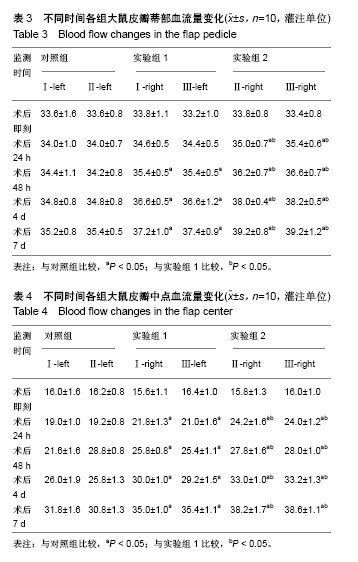
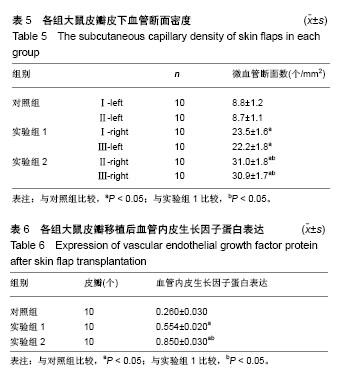
.jpg)
.jpg)
.jpg)
.jpg)